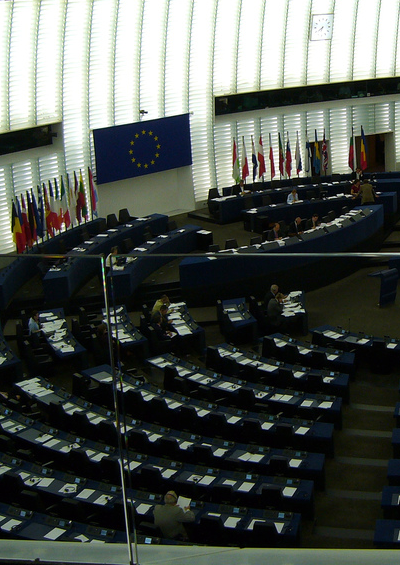How Trump Gets It Wrong on Trade
The U.S. President seems to have the upper hand – for now. He doesn’t realize how his trade actions will backfire at home.
June 1, 2018
Almost 10 weeks after U.S. President Donald Trump first announced new U.S. tariffs on steel and aluminum, he is now applying them to imports from the EU (plus Canada and Mexico) as well. As announced in advance, the EU will retaliate in line with WTO rules, probably applying its countermeasures as of June 20th.
All the politicking aside, there are some ground-level truths that will also hit the U.S. economy: Trade barriers lower real GDP, raise prices and stifle innovation and long-term growth prospects.
Tiny effect so far
So far, the direct impact of the measures announced so far is tiny in terms of macroeconomic statistics. The U.S. tariffs on steel and aluminum imports from the EU may raise an amount equivalent to less than 0.01% of EU GDP. The measured EU response may be worth roughly half that amount.
Even if the United States were to levy a 25% tariff on car imports from the EU, the direct damage to be shared largely between U.S. consumers and EU exporters would be equivalent to 0.08% of EU GDP. As it happens, lower Chinese tariffs on car imports may offset half the potential damage to EU car producers.
Also, contrary to what Mr. Trump must be expecting, stronger domestic demand in the United States will likely suck in more imports from the EU — despite the trade tensions.
Heightened uncertainty
Unlike the direct impact, the uncertainty about future trade and Trump’s contempt for international rules can deal a significant blow to business confidence, especially in trade-oriented nations.
While the impact of heightened uncertainty has become visible in Eurozone data in the last three months, the joint occurrence of a fiscal boost and some domestic deregulation in the United States obscures the damage there — for now.
Trump: Closer to China than to the EU
While the United States and China seem close to a trade deal with some chummy cooperation between Trump and China’s new emperor Xi on the ZTE issue, the United States and the EU seem far apart on trade issues.
That the multinational EU moves more slowly on policy than Trump or Xi can is part of the issue. But the much bigger point is that, on trade, the EU sees itself as a power on par with the United States. It hence refuses to seriously negotiate as long as the United States does not agree to a ceasefire first.
That seems to not register with Washington. The Trump Administration sees the EU as a bunch of smallish nations that can be bullied individually. As a smaller and less developed economy, China is in a weaker position versus the United States than the EU in trade matters.
It still looks quite possible that the U.S.-EU trade tensions will end with an access-enhancing deal. But the probability that this happens soon has now receded from, say, 50% to 35%. Meanwhile, the risk of an escalating transatlantic trade war may now stand at 15% instead of 10%.
The most likely outcome, with a 50% probability, could be protracted negotiations during which both the United States and the EU lock horns, but do not take ever more dramatic headline-grabbing protectionist steps.
If so, the fear factor weighing on Eurozone business confidence could gradually fade as companies get used to the background noise, as seems to have happened with the ongoing NAFTA re-negotiations.
Takeaways
Almost 10 weeks after US President Donald Trump first announced new US tariffs on steel and aluminum, he is now applying them to imports from the EU.
The US President seems to have the upper hand – for now. He doesn’t realize how his trade actions will backfire at home.
Contrary to what Mr. Trump must be expecting, stronger domestic demand in the US will likely suck in more imports from the EU -- despite the trade tensions.
The Trump Administration sees the EU as a bunch of smallish nations that can be bullied individually.
As a smaller and less developed economy, China is in a weaker position versus the US than the EU in trade matters.

